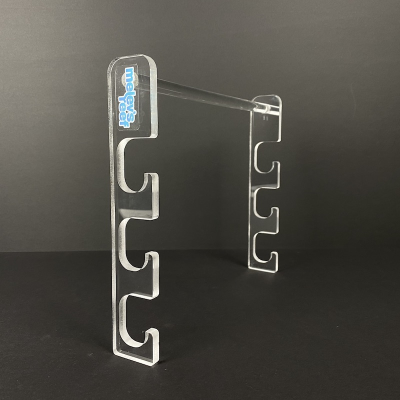My C will already have bio media, surf2, and a skimmer. And possibly rock rubble.
I am leaning towards B, it has enough room
I would go with B in that case.
Follow along with the video below to see how to install our site as a web app on your home screen.
Note: This feature may not be available in some browsers.
My C will already have bio media, surf2, and a skimmer. And possibly rock rubble.
I am leaning towards B, it has enough room
My D area has my ato float switch and rodi return so it will never go dry and it is much bigger. It's where I keep my heater.FYI I put D in as a joke. I would never put a heater in a section that has a
risk of running dry
On closer look, I think your heater has internal thermostat? It's hard to tell from the image.
Ok awesome!It’s just a finnex 500w titanium heating element. No internal thermometer
I bought this controller, I’ve been using these on other tanks for many years.
My only suggestion (then I'm good!)
Rotate the heater 90 degrees so that the suction cups are on the bottom glass. It will keep the heater from resting in the bottom or falling to the bottom if the suctions on the side glass fail
Not sure if it'll work due to spacing, but you might want to look into a custom heater rack from @melev. He's got some standard heater racks he makes out of acrylic that sit in the sump, but he makes custom products as well so you could even have it hang on the side. This would allow you to add another heater later down the road (if you wanted to), and also gives a nice easy way to install/remove the heater and even have a place to mount the probe.It’s just a dry fit. I wouldn’t use the cage at all so there’s less cracks for detritus to get caught in, but that’s what the suction cups are attached to so I need to use the dumb cage. It will be “suction cup side down” once permanently set up. It’s a pain though because this section is too small for my hands. Might have to borrow the kitchen tongs

For any reasonably sized heater it is not going to matter. You are not flash boiling water in a low turnover area and short cycling the heater. To that end, there is no real low turnover area in a sump like that. We can do the math if needed... but back of napkin.Rapid turnover with little heating is good, that means the whole tank is heated up little by little, and the heater is staying on until the whole tank is at temp, rather than a small amount being heated up all the way, turning the heater off and then mixing in and cooling down again and the heater turns on again.
Sure the water leaving the heater is colder, but there's more of it, carrying the same total energy
But really it doesn't matter all that much
For any reasonably sized heater it is not going to matter. You are not flash boiling water in a low turnover area and short cycling the heater.
Simple rules for heater placement.
1 - don't use the on-board thermostat. Use an external controller manually set to turn the heater off just above the controller's set point. This will act as a fail-safe.
2 - the temp probe and heater MUST be in the same compartment with the probe just upstream of the heating element. No exceptions.
3 - the heater MUST be in a section of the sump where the water level DOES NOT fluctuate and the heater's head SHOULD be above the water level with the envelope FULLY submerged.
3a - if possible it would better to place the heater through the sump wall using a bulkhead and compression glan.
Follow these simple rules and you virtually eliminate most causes of heater failure.
In this case A or C would be the choice, but the problem with C is that while the water level may not drop, it may rise and submerge the heater head. That leaves A is the best place. There is no way that the water level in A ever drops or rises. Secure the heater there with its head just above the water level of the weir.
Yes, where the power cord and/or thermostat are located. Expansion and contraction of the envelope (due to heating cycles) can eventually break the epoxy seal and allow water into the envelope. On older heaters, this was a rubber stopper and silicone or other glue.Thank you! I was going to go with A but with the heater horizontal on the bottom. What do you mean by the heaters head, where the cord connects? Why would they need to be above the water. That sounds like it’s a brand specific thing
This is the heater, it has no controller or thermostat built in
Ideally you want it upstream, but in that high of a turnover area it doesn't matter.If the heater is titanium and vertical in A, where would you recommend the controllers probe? On the bottom along the path (in the channel) from A to B?
Yes - and I don't think it matters too much due to the extremely high flow there compared to the other locations.
The reason we want it in the same compartment is so that when the return is off, the water in that chamber does not drastically overheat and damage fauna when the pump is turned back on.
